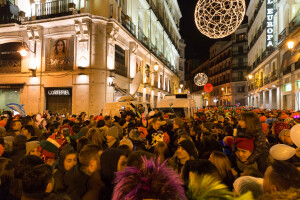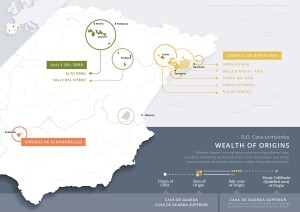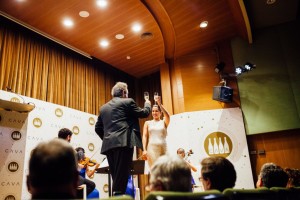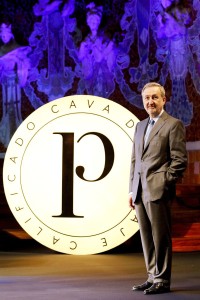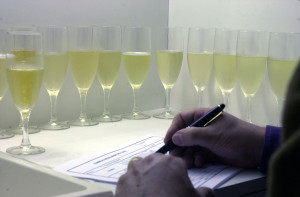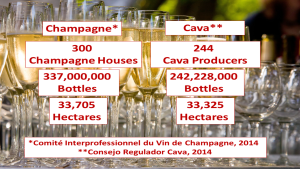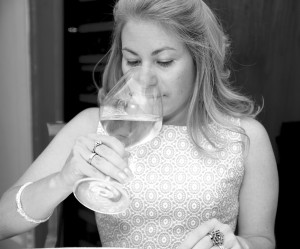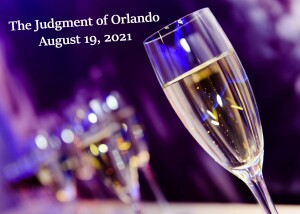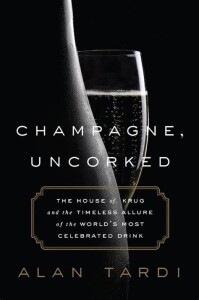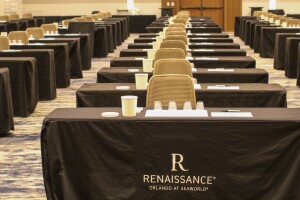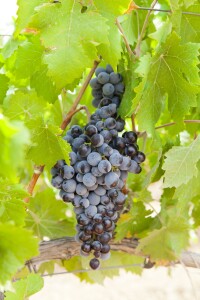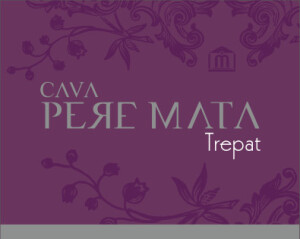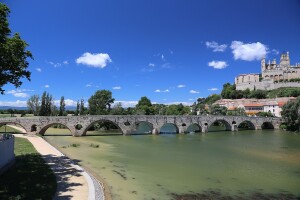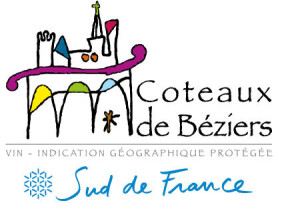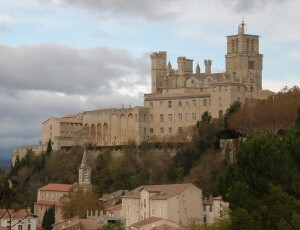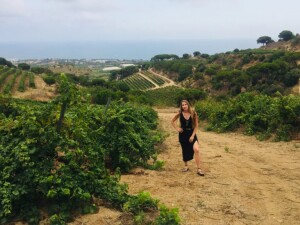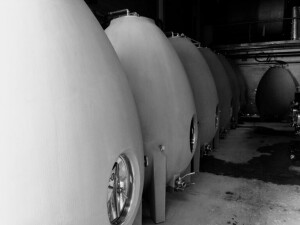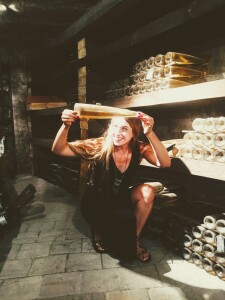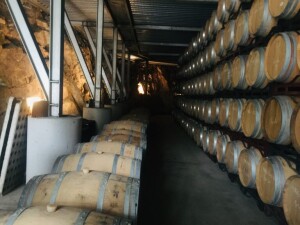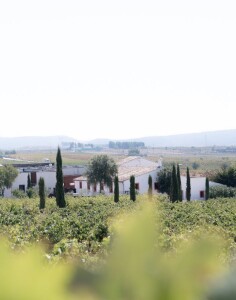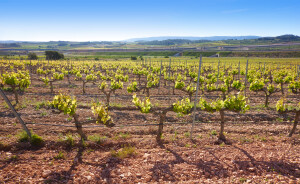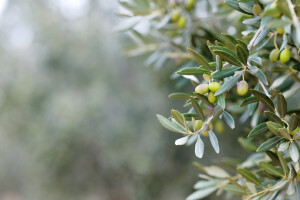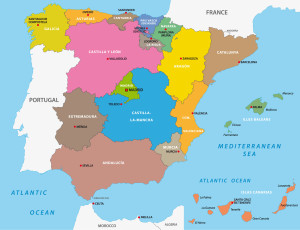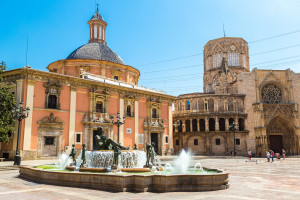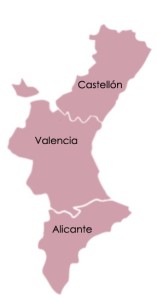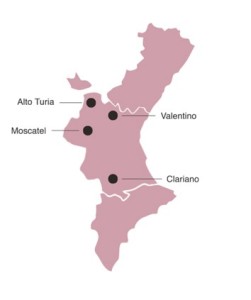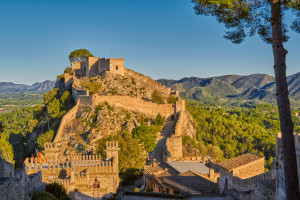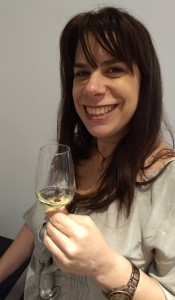When the clock strikes midnight on December 31 and we roll over into the new year of 2022, the wines of Cava will begin a new era—as a set of updates and revisions to the Cava regulations come into force.
These updates—centered on specificity in geographic indications as well as new aging tiers—have been in the works for years; and were first approved by the Consejo Regulador of the Cava DO (Denominación de Origen) back in 2019. Along with their publication in Spain’s Boletín Oficial del Estado (BOE/Official Gazette of Spain) on June 15, 2021, they are set to come into force as of January 1, 2022.
A new tier of aged wines—tied to some specific qualitative guidelines has been introduced. This tier includes the following designations:
- Cava de Guarda, requiring at least nine months of again on the lees and that the wine be traceable from the vineyard to the bottle
- Cava de Guarda Superior, requiring at least 18 months on the lees as well as the following standards:
- The vines must be at least 10 years old
- The grapes must be grown organically (granted with a five-year period allowed for transition)
- Maximum yield: 10,000 kg/ha
- The wine must be traceable from the vineyard to the bottle
- It must be vintage-dated
The regulations for Cava Reserva also have been changed; Cava Reserva will now need a minimum of 18 months aging on the lees (up from the previous minimum of 15 months).
The regulations for Cava Gran Reserva (requiring a minimum 30 months of aging on the lees) and Cava de Paraje Calificado (produced using grapes grown in a recognized vineyard and aged on the less for a minimum of 36 months) have not changed.
In addition, these new changes bring some long-awaited specificity to the geographical definition of Cava. This is exciting because it represents the first time that Cava will be allowed to list a specific place-of-origin (aside from just the far-flung “Cava” designation) on the label. These new geographical indications include four basic zones: Comtats de Barcelona, Valle de Ebro (Ebro Valley), Viñedos de Almendralejo, and Levante.
Here is a bit of detail about each of these zones:
- Comtats de Barcelona: This zone covers wine produced in Catalonia, representing as much as 95% of the total production of Cava. The area contains five (very terroir-specific) sub-zones: Valls d’Anoia-Foix, Serra de Mar, Conca del Gaia, Serra de Prades and Pla de Ponent.
- Valle de Ebro (Ebro Valley): This zone—the northernmost of the Cava DO—is tucked between several mountain ranges and lies alongside the Ebro River (overlapping a portion of the Rioja DOCa). There are two sub-zones: Alto Ebro and Valle del Cierzo.
- Viñedos de Almendralejo: This small area follows the borders of Almendralejo, a town in the Extremadura region. This area is located quite a way inland—close to the Portuguese border—and represents the area furthest southwest in the Cava D.O.
- Levante: This area—located in eastern Spain on a high plateau in the province of Valencia—follows the borders of the town of Requena. (Note: the name Levante is considered temporary, so we may have another update soon!)
The website of the Consejo Regulador de Cava has some excellent, sub-zone-specific maps.
The Cava DO has also announced that more changes are in the works—specifically, that all top-tier Cava (including Cava Reserva, Cava Gran Reserva and Cava de Paraje Calificado) will be 100% organic by 2025. We will keep an eye on that!
Note: As with all such updates, this change will need to wind its way through EU approval; however, as the Spanish government has granted their approval, the changes will be in force (as scheduled) on January 1, 2022. If the EU fails to approve the amendment, the regulation will be rescinded (although this is quite unlikely to happen).
References/for more information:
- Link to publication and announcement in the BOE/June 15, 2021
- Announcement via the Cava DO
- New Zones and Aging designations – brochure from the DO Cava
- Proposed Pliego-2022 Changes-CAVA DO
Post authored by Jane A. Nickles…your blog administrator: jnickles@societyofwineeducators.org
